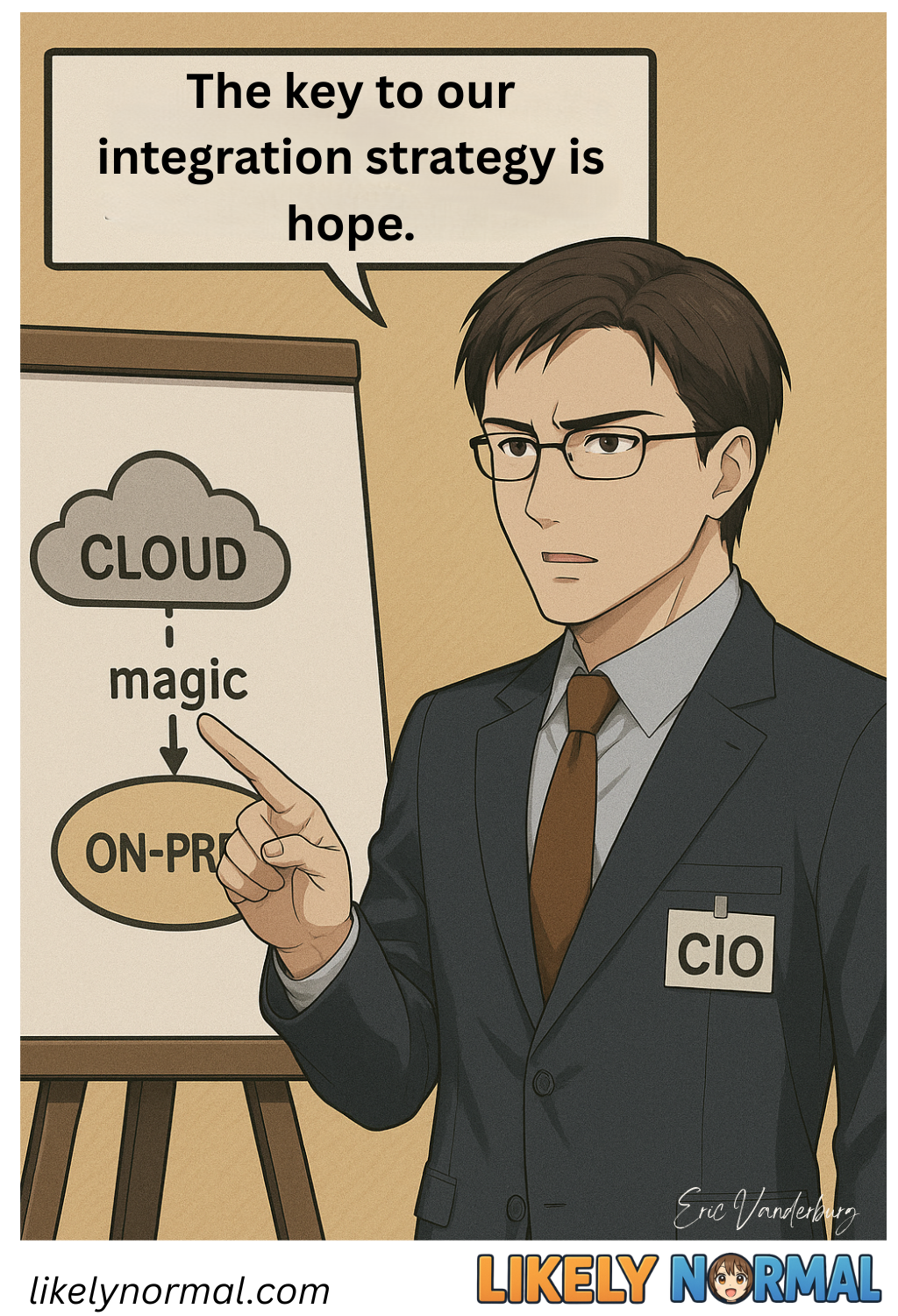Strategy of Hope
If you’re like me, you’ve at least been tangentially involved in one or two IT projects that relied more on hope than a solid plan. Such projects operate off the official methodology of “We’ll figure it out later” and “That sounds like a problem for Future Us (who, spoiler alert, hate us).” These projects start with boundless optimism, like a toddler stacking blocks way too high, and end with that same toddler screaming why as it all collapses.
The hallmarks of hope-driven development?
- The “It Probably Scales” Plan – Your MVP is held together by chewing gum and one overworked intern’s Python script. “What if we get a million users?” you ask. “We’ll cross that bridge!” they say, as if bridges aren’t notoriously flammable.
- The assumption that no one will actually check the docs – The entire project hinges on zero people reading the fine print. “Eh, the API probably won’t change,” you mutter, as the third breaking update this week bricks your entire workflow.
- The “Feels Right” Architecture – No blueprints, no testing, just vibes. “I think this microservice talks to that database? Maybe?” Meanwhile, the database hasn’t responded in days, and you’re too scared to check why.
- The mindset that it can be fixed in production – The IT version of “I’ll definitely start exercising tomorrow.” Spoiler: Production is not your personal gym.
- The fantasy that someone else will document it – The code is self-documenting (read: only the original dev understands it, and they quit last Tuesday).

Discussion ¬